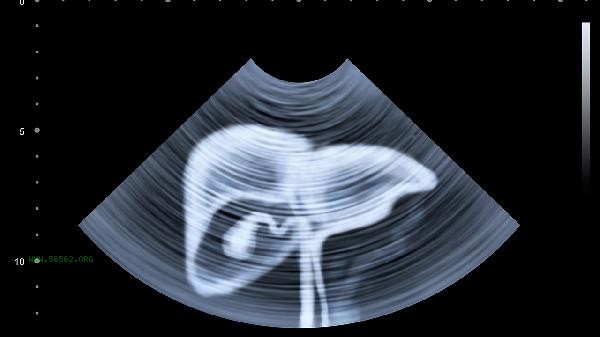Reducing abdominal fat requires multidimensional interventions such as dietary adjustments, aerobic exercise, core training, lifestyle improvement, and stress management.
1. Dietary adjustment:

Reduce the intake of refined carbohydrates and high sugar foods, and increase the proportion of dietary fiber and high-quality protein. The daily staple food can be replaced with low glycemic index foods such as oats and brown rice, and the recommended vegetable intake is over 500 grams. Control daily total calorie intake, it is recommended to maintain it within the range of 1200-1500 calories for women and 1500-1800 calories for men. Avoid high calorie diets at night, and it is recommended to have dinner no later than 19:00.
2. Aerobic exercise:
Engage in 4-5 moderate intensity aerobic exercises per week, each lasting 30-45 minutes. Recommend exercises such as brisk walking, swimming, and cycling that have less joint pressure. Maintain heart rate in the range of 60% -70% of maximum heart rate during exercise, with maximum heart rate=220- age. Research shows that 12 weeks of aerobic exercise can reduce visceral fat by 7% -10%.
3. Core Training:
Specialized training for the transverse and rectus abdominis muscles three times a week. It is recommended to gradually extend the flat support from 30 seconds to 2 minutes, with 15-20 abdominal movements per group, completing 3-4 groups. Paired with Russian rotations, supine leg lifts, and other movements to stimulate abdominal muscles from multiple angles. For every 1 kilogram increase in muscle mass, the basal metabolic rate can increase by about 50 calories per day.
4. Lifestyle habits:
Ensure 7-8 hours of high-quality sleep per day. Lack of sleep can lead to increased cortisol levels and promote abdominal fat accumulation. Avoid prolonged sitting and get up and move for 5 minutes every hour. Abstain from alcohol intake, as alcohol can inhibit fat metabolism. Establishing a regular sleep schedule, a disrupted biological clock can affect the balance of leptin and ghrelin secretion.
5. Stress Management:
Long term stress can lead to sustained secretion of cortisol, which promotes fat deposition in the abdomen. Perform 10-15 minutes of mindfulness breathing exercises daily, or relieve stress through yoga, meditation, and other methods. Research has shown that continuous stress management for 8 weeks can reduce waist circumference by 2-3 centimeters. Cultivating hobbies and interests can also help reduce the probability of emotional eating. Reducing abdominal size requires establishing a sustainable and healthy lifestyle. In addition to the above methods, it is recommended to regularly measure waist circumference for males<85cm and females<80cm to monitor progress. Avoid extreme dieting or overtraining, and it is advisable to lose 0.5-1 kilogram per week. When cooking, use steaming and boiling methods more often, and limit the amount of edible oil to 25-30 grams per day. Keeping a diet and exercise diary can help establish behavioral habits, and if necessary, consult a nutritionist to develop personalized plans. Pay attention to distinguishing between subcutaneous fat and visceral fat. If the waist to hip ratio is abnormal, it is recommended to undergo body fat testing for males>0.9 and females>0.85.




Comments (0)
Leave a Comment
No comments yet
Be the first to share your thoughts!